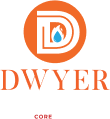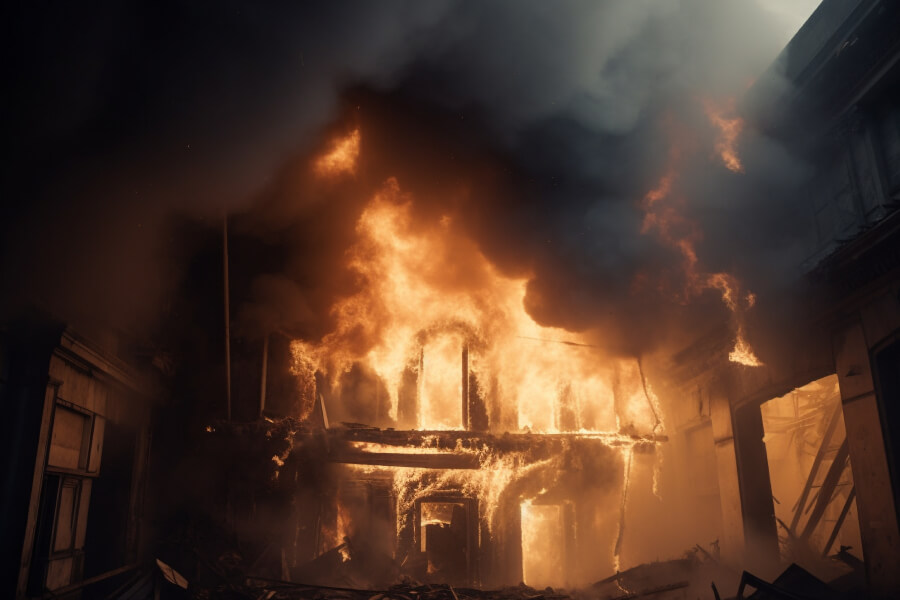Do you know what dangers might be lurking in your home after a fire has been extinguished?
A house fire is a traumatic event, and the immediate aftermath can be overwhelming. While the flames might be out, the dangers in your home are far from over. Fire damage restoration is not just about repairing the visible destruction—it’s about uncovering and addressing the hidden hazards that can pose serious risks to your health and safety.
One of the most insidious dangers is the presence of toxic chemicals. During a fire, everyday household items like plastics, paints, and synthetic materials can release harmful substances into the air. These chemicals can linger in your home’s dust, settling on surfaces and in your HVAC system. Even after the fire is out, inhaling these particles can lead to respiratory issues and other health problems. Proper ventilation and thorough cleaning are crucial in mitigating this risk.
Another hidden hazard is structural damage. The intense heat of a fire can weakens the structural integrity of your home in ways that aren’t immediately visible. Beams, floors, and walls may appear intact, but they could be significantly compromised, leading to the risk of collapse. Fire damage restoration experts use specialized tools to assess the structural safety of your home, ensuring that any hidden damage is repaired before you return.
Electrical systems are another area of concern. Fire can damage wiring, even if the wires themselves don’t show obvious signs of burning. Damaged electrical systems can cause short circuits, leading to the risk of another fire. A thorough inspection and possible rewiring are often necessary parts of fire damage restoration to ensure your home is safe.
Smoke and soot are also major concerns. While the visible soot can be cleaned from surfaces, the smoke damage can linger in your home for years if not properly addressed. Smoke particles can penetrate walls, ceilings, and even insulation, leaving behind not just an unpleasant Odor but also potential health risks. Specialized cleaning techniques are required to remove smoke damage effectively, ensuring that your home is truly safe to live in again.
Water damage is another surprising consequence of fire. The water used to extinguish the flames can lead to extensive water damage, which in turn can cause Mold growth and further structural issues. Addressing this requires a combination of fire damage restoration and water mitigation efforts, making the process even more complex.
When you walk through a fire-damaged home, it’s not just the charred walls and ruined belongings that tell the story. It’s the unseen hazards that can have the most lasting impact. Imagine walking into your home months after a fire, only to realize that the lingering effects of smoke, chemicals, and hidden damage are still haunting your space—how different would it feel to have every corner of your home truly restored?









